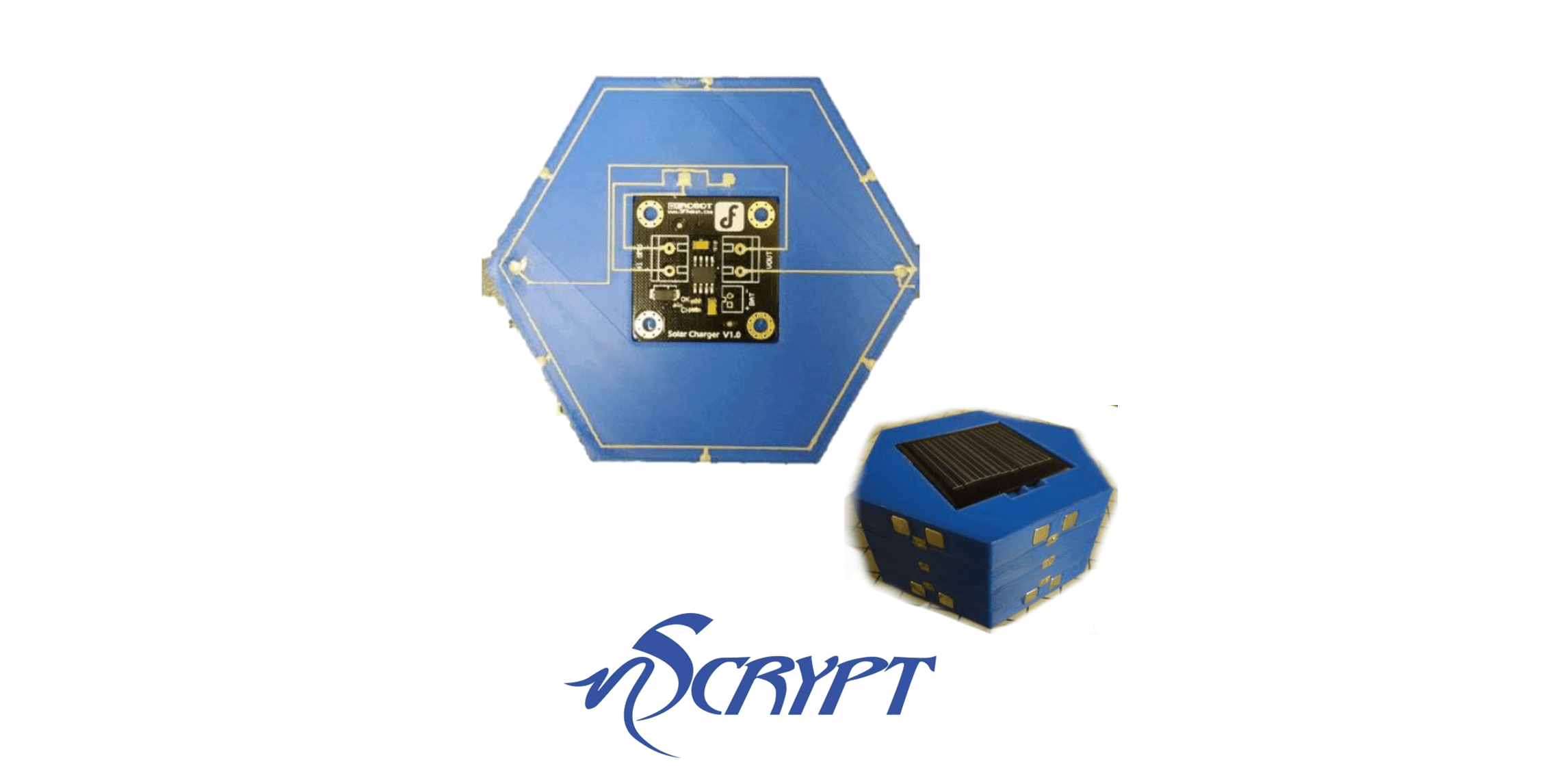Digital Manufacturing For Electrically Functional Satlet Structures

This research paper "Digital Manufacturing for Electrically Functional Satlet Structures" was written by Paul I. Deffenbaugh, Mike Newton, and Kenneth H. Church.
Overview
The paper deals with the exploration of 3D printing technologies to fabricate electrically functional components for satlets. Satlets are small modular satellites. The major goal is to show that mixing electronics with 3D printed parts will simplify the production of satellite components and render them more cost-effective.
Key Demonstrations
The research presents the exhibition of miscellaneous kinds of 3D-printed electronic parts, like:
3D-Printed Multilayer Ceramic Ethernet Harness: Demonstrate a harness marrying 3D printing and ceramic materials to get better mechanical properties and electrical performance trends.
Plastic RF Controlled Impedance Interconnects & USB Harnesses: Demonstrate the infusion of RF and USB capabilities within 3D printed structures.
3D Printed Connectors: State-of-the-art advancements in multi-functional mechanical and electrical connectors for satlet applications.
Material Selection
The study is focused on material selection based on mechanical and electrical properties. The important materials include:
Ceramics: Aluminum sunshades for high-temperature applications.
Thermoplastics—ULTEM: finds application in structural printing with conductive materials like DuPont CB028 for low-temperature electronics.
Challenges and Solutions
Integration of multiple materials introduces issues such as thermal mismatch and process optimization. The paper discusses problems in a gradient way, with improved printing technologies.
Applications and Implications
The research findings open up possibilities for 3D-printed electronics to enable future space-related applications, facilitating satellite manufacturing with smaller, more reliable components in a broader range of formats. Satlets, which are modular building blocks, can be combined to provide a flexible approach to constructing innovative space solutions.
Key Concepts
- 3D Printing and Additive Manufacturing: The paper highlights the use of 3D printing to fabricate complex structures that integrate electronic functionalities, enabling lightweight designs for enhanced efficiency.
- Satlets: Small, modular satellites designed to perform a number of tasks when interconnected. This paper concentrates on the direct integration of electric components into the structural framework of such satellites.
- Multifunctional Materials: Explores how a combination of metals, polymers, and ceramics can provide structural and electronic performance in a single printed component.
- Digital Manufacturing: The paper emphasizes direct digital manufacturing processes that enable the integration of multiple materials and functions in one printing operation.
Table of Contents
- Abstract
- Introduction
- Material Selection
- 3D Printed Wiring Harness
- 3D Printed Connectors
- Satlet System
- Acknowledgments
- References
Conclusion
The paper demonstrates that fusing 3D printing with printed electronics unlocks significant potential for manufacturing state-of-the-art satellite-related structures. By addressing one of the major challenges in multi-material integration, the study paves the way for further improvements in satellite technology. In the design approach, flexibility and reliability are key factors for applications in space.
Related Articles

The Role Of Printed Electronics And Related Technologies In The Development Of Smart Connected Products

Durability Investigations Of 3D Printed Electronics Towards Aeronautic-inspired Environmental Loads

Additive Manufacturing Of Interposers With Curved Vias For Microelectronics Packaging




